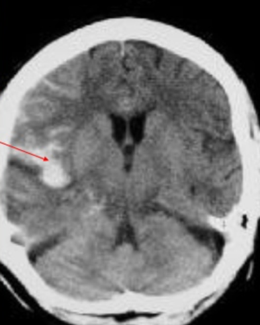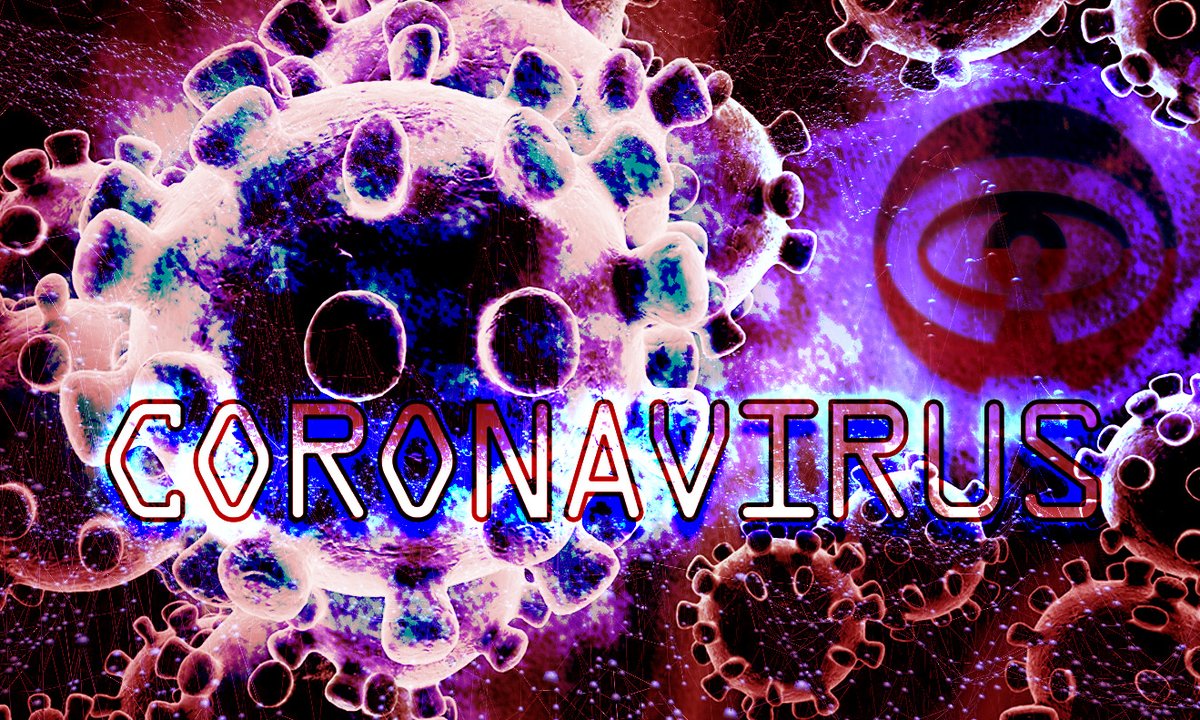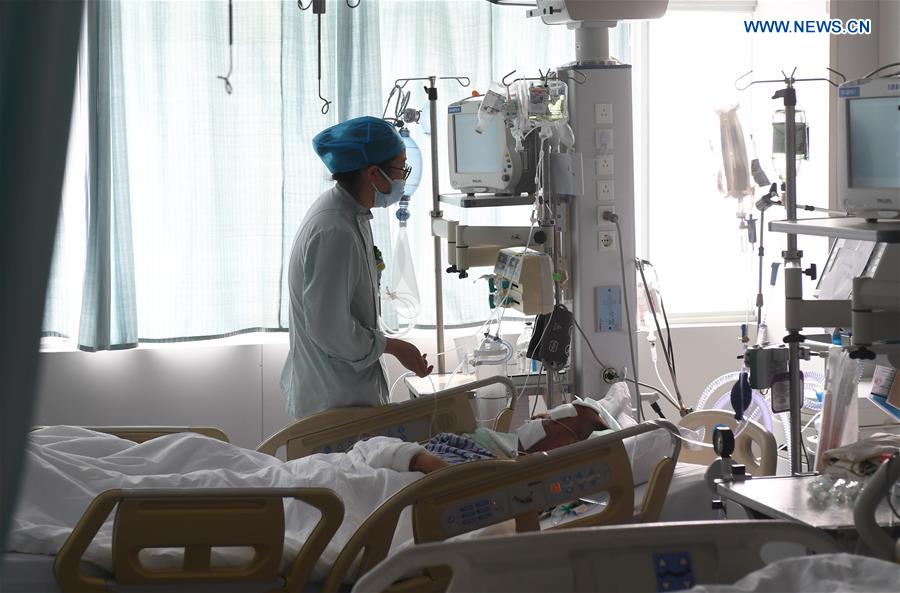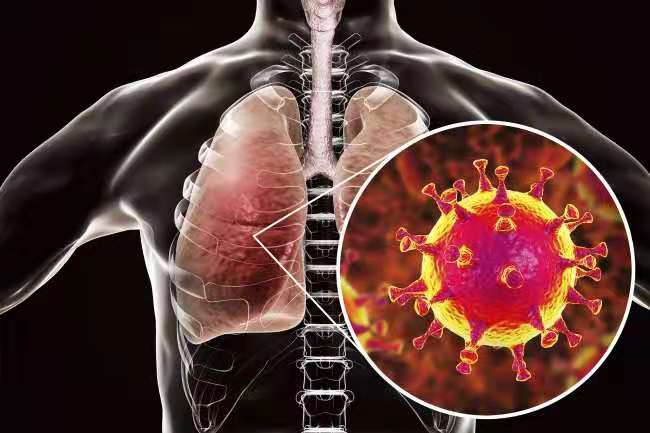A 49 year old woman presents to the emergency department with an acute onset headache, vomiting, neck stiffness and photophobia. On examination she is conscious and alert with a GCS of 15. She has no neurological deficits #BBSAH
Vascular: Ruptured #aneurysm, Ruptured arterio-venous malformation #AVM
Infectious: #Meningitis ,Ruptured mycotic aneurysm
Other: #Migraine, Traumatic haemorrhage #BBSAH


Trauma
Known arterio-venous malformation
Gender and age (higher in women, average age of onset >50y/o)
Alcohol abuse
Hereditary – Ehlers Danlos (type IV), autosomal dominant polycystic kidney disease, Osler-Weber-Rendu syndrome


Your feedback is vital to improve the next CBDs and you'll also get a certificate of participation. We're working towards accreditation ;)
menti.com/cjcy73xmag
It won't take long!














